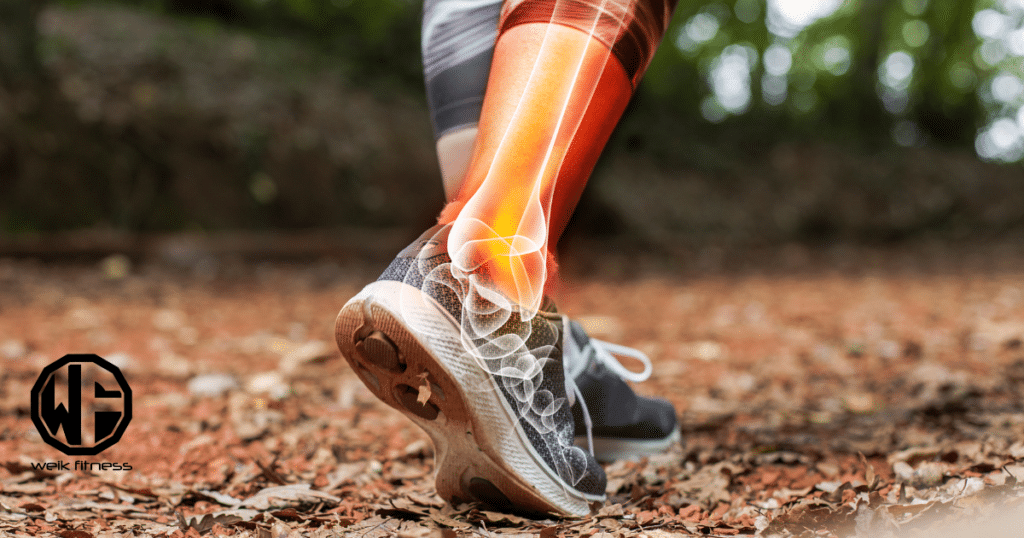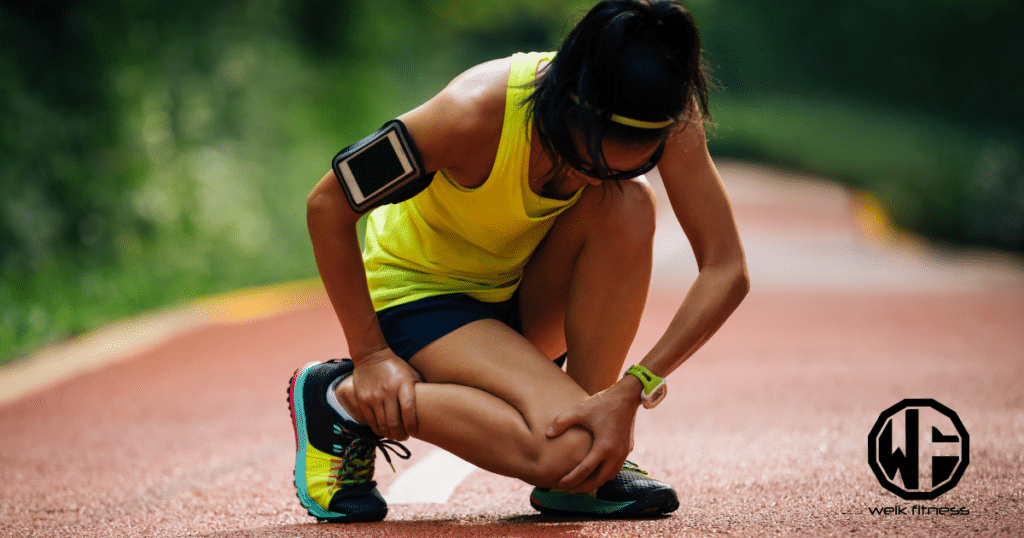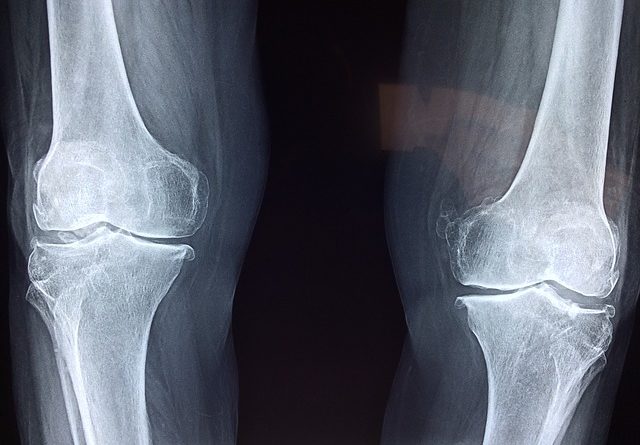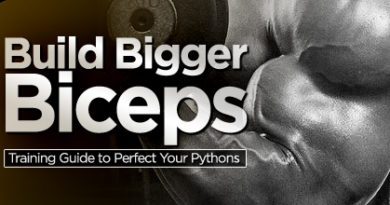Addressing The Most Common Running-Related Leg Injuries
Most people should expect mild soreness after a run, but if that mild soreness either does not go away or gets worse, there is probably a more serious problem. Certain kinds of injuries (like leg injuries) are very common, so if there is an issue, it is fairly easy to diagnose and treat.
Prevention is usually the best way to avoid these types of leg injuries, and an orthotic aid like an ankle brace is a good example. Don’t miss these features of the best ankle brace for running. Ankle braces, knee braces, back braces, and other orthotic instruments should basically provide an optimal combination of protection and minimal bulk. The right balance almost entirely depends on individual needs.
Disclaimer: This article is for informational purposes only and is not meant to treat or diagnose any condition. It is recommended that you speak with your doctor before starting any exercise program, changing your daily nutrition, or adding any supplements to your regimen.
Table of contents

Ankle Injuries
Sprained muscles are the most common ankle injury, and inversion sprains, which involve the anterior talofibular ligament, account for almost 90 percent of ankle sprains. Most of these ankle and leg injuries occur because the ankle inverts as the foot falls, as opposed to falling straight. This movement places too much strain on the ATL, which is the primary ligament on the outside of the ankle.
The most prominent symptom is swelling, inflammation, and pain in the affected area. These symptoms are almost always localized to the ATL region.
Inversion sprains usually improve after about two weeks, especially if patients use the RICE method, which is:
- Rest: Do not walk on the ankle except with crutches or some other assistive medical device, like a protective boot that immobilizes the ankle.
- Ice: Apply cold therapy for about twenty minutes at a time. Wait at least twenty minutes before the next icing to avoid a cold-related injury. If the area turns white, you are icing too much.
- Compression: A compression boot, KT tape, or an Ace bandage will reduce swelling and also support the rest of your leg and ankle while the ATL heals.
- Elevation: Keep your ankle elevated above your heart, but be sure and lower it occasionally to promote healthy blood flow.
Be sure the ankle is completely healed before resuming normal activity, because inversion sprains are very vulnerable to re-injury, and re-injured ankles are much more difficult to rehabilitate.
Knee Injuries

Whereas a sudden bad step causes most ankle sprains, a combination of poor mechanics and overuse cause many knee and leg injuries, especially Patellofemoral Pain Syndrome, or “runner’s knee.” Additionally, some people are genetically predisposed to PFPS, often because the patella (kneecap) is slightly oversize and does not fit perfectly into the femoral groove which runs along the femur (thigh bone).
If you start to feel pain in your kneecap, it’s most likely PFPS. Reduce your mileage down to about zero, and then gradually increase it as the pain subsides and the knee heals; the aforementioned RICE method should hasten the healing process. Also, focus on your gait and shoes to help prevent leg injuries. Take more steps, especially on slopes, and wear full-padded shoes. Finally, avoid as much knee-bending activity as possible, and that includes prolonged sitting.
If things do not improve, rehab might be needed.
Leg Injuries
That final dash to the finish line — even if the line is only metaphorical — could bring on a hamstring injury, which is one of the most frequent leg injuries among runners. People who do not stretch properly or have underdeveloped glutes are also at risk. The hamstring is actually three different muscles along the back of the leg between the knee and thighs which allow your knee to bend, and if the glutes aren’t pulling their weight, these muscles strain and eventually sprain.

You’ve probably figured out by now that the RICE approach, proper stretching, and well-developed supporting muscles are the keys to either preventing or treating most common leg injuries, including hamstring pulls.
Running often means a lifetime of fitness. To reap all these benefits, treat your leg muscles right, and they will most likely treat you right.


*Disclosure: This article may contain affiliate links or ads, which means we earn a small commission at no extra cost to you if you make a purchase through these links. These commissions help support the operation and maintenance of our website, allowing us to continue producing free valuable content. Your support is genuinely appreciated, whether you choose to use our links or not. Thank you for being a part of our community and enjoying our content.
PLEASE CONSIDER SHARING THIS ON YOUR SOCIAL MEDIA TO HELP OTHERS LEARN MORE ABOUT THIS TOPIC.





